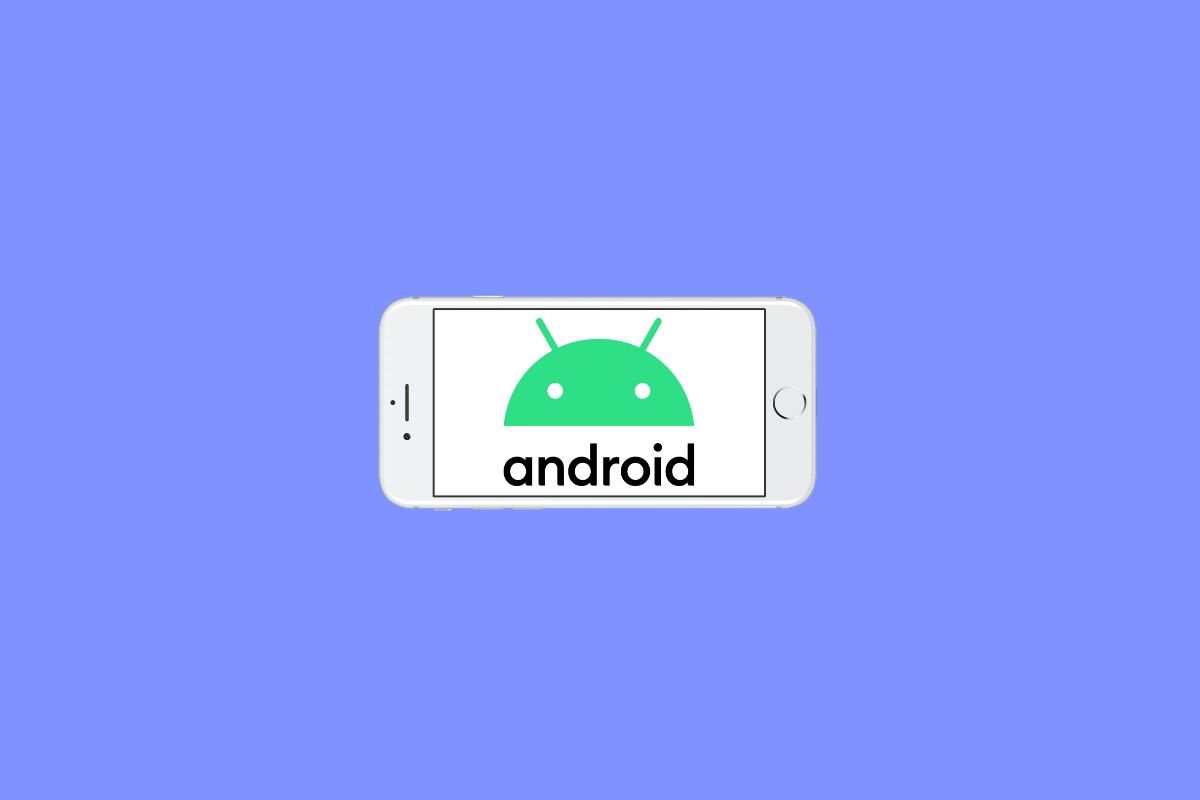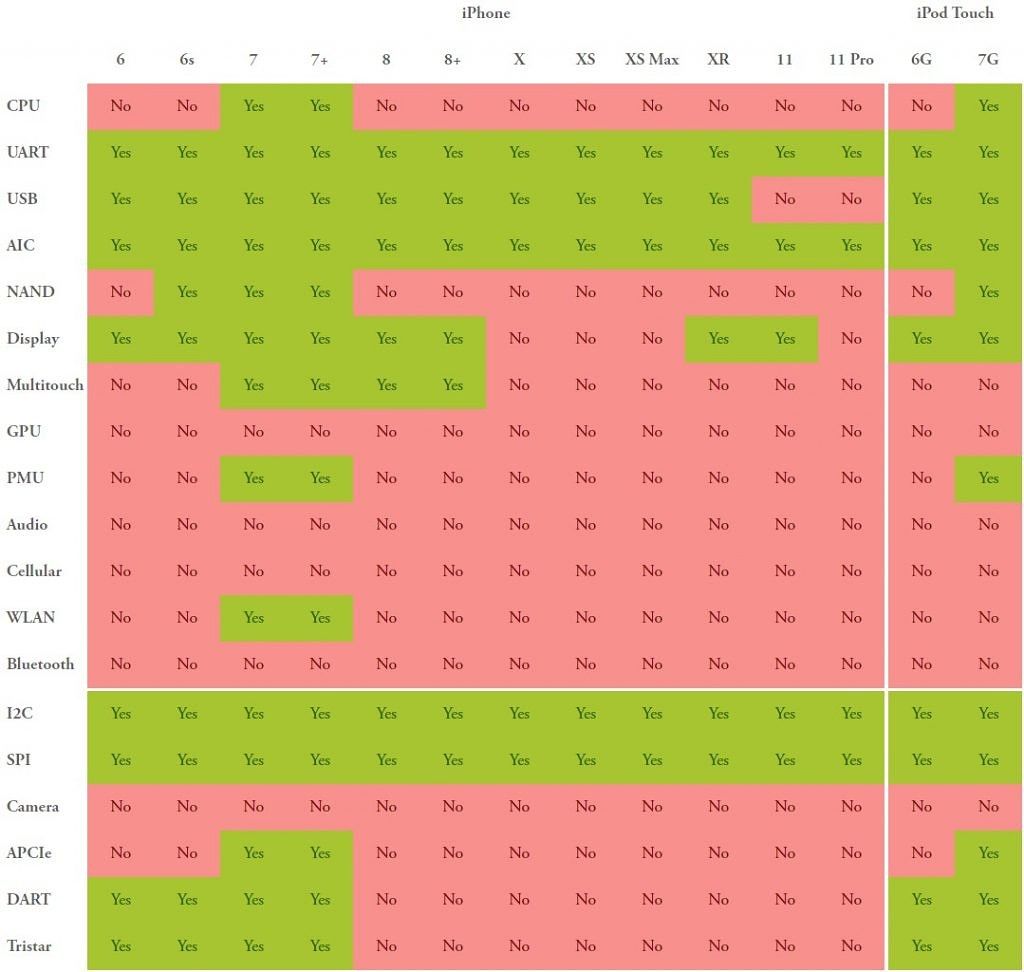Apple makes some interesting consumer hardware in the form of the iPhone. Apple exercises complete control over the hardware and software of the iPhone and its other devices, enabling it to deliver an arguably unparalleled experience. This experience lets them charge heavy markups on their products, and several consumers are fine with this cost for the luxury of "it just works". But all of this control from Apple has given its products and their underlying experiences the analogy of a "walled garden" -- you can only enjoy the experiences that Apple wants you to enjoy, and experience nothing else, good or bad. So even after you pay exorbitant amounts of money for exciting hardware, you don't truly own the hardware -- you merely have the license to use it within the boundaries set by Apple. Several developers disagree with these boundaries, and they set out to remedy the situation with Project Sandcastle, allowing you to run Android on your Apple iPhone 7.
Project Sandcastle is the work of the team at Corellium, which consists of the same people who were credited for booting Android on the original iPhone more than ten years ago. As Project Sandcastle notes in its product philosophy:
Where sandboxes set limits and boundaries, sandcastles provide an opportunity to create something new from the limitless bounds of your imagination. Project Sandcastle is about building something new on the silicon of your hardware.
The iPhone restricts users to operate inside a sandbox. But when you buy an iPhone, you own the iPhone hardware. Android for the iPhone gives you the freedom to run a different operating system on that hardware.
This time around, Project Sandcastle lets you boot Android 10 on the Apple iPhone 7, iPhone 7 Plus and the iPod Touch. The project makes extensive use of the checkra1n jailbreak to launch, the same one that you use to jailbreak your iPhone via a rooted Android. Work is on to expand the project to the other iPhones included in the checkra1n jailbreak, but for now, you are restricted to just these three devices. The silver lining is that the vulnerabilities that have been used to make the checkra1n jailbreak, and consequently Project Sandcastle, possible are extremely unlikely to be fixed. So the methods will theoretically work in perpetuity on the entire range of vulnerable iPhones, removing the "what's the point? Apple will fix it with an update" dissuasion from the efforts.
There are a fair few major caveats with installing and using Android on your iPhone. For one, major functions like Bluetooth, Audio, Cellular connectivity, and Camera do not work. From our understanding, Project Sandcastle also cannot ship a build of Android with GMS (Google Mobile Services) included, and there appears no way like a custom recovery to flash it separately either -- so you can't access any Google apps like the Play Store or use apps that rely on GMS functions. The Android installation itself is not permanent either, so you lose your data and your Android OS when you reboot. On the plus side, you can simply reboot back into iOS when you need your phone to be a phone (with the caveat that the space claimed for the Android OS will still be reserved). The beta disclaimer still applies: this is in beta, so do not try it on hardware that you cannot risk losing.
To download and install the Android build under Project Sandcastle, head on over to the official website. Instructions for installation are present inside the Readme within the downloaded file. Keep in mind that you do need to have checkra1n installed on your iDevice already, and you need either a Mac or Linux for further installation. Scripts take care of the process, for the most part, so the overall process is surprisingly not difficult for what it is trying to achieve: actual freaking Android on an iPhone.
Source: Project Sandcastle
Story Via: Forbes


